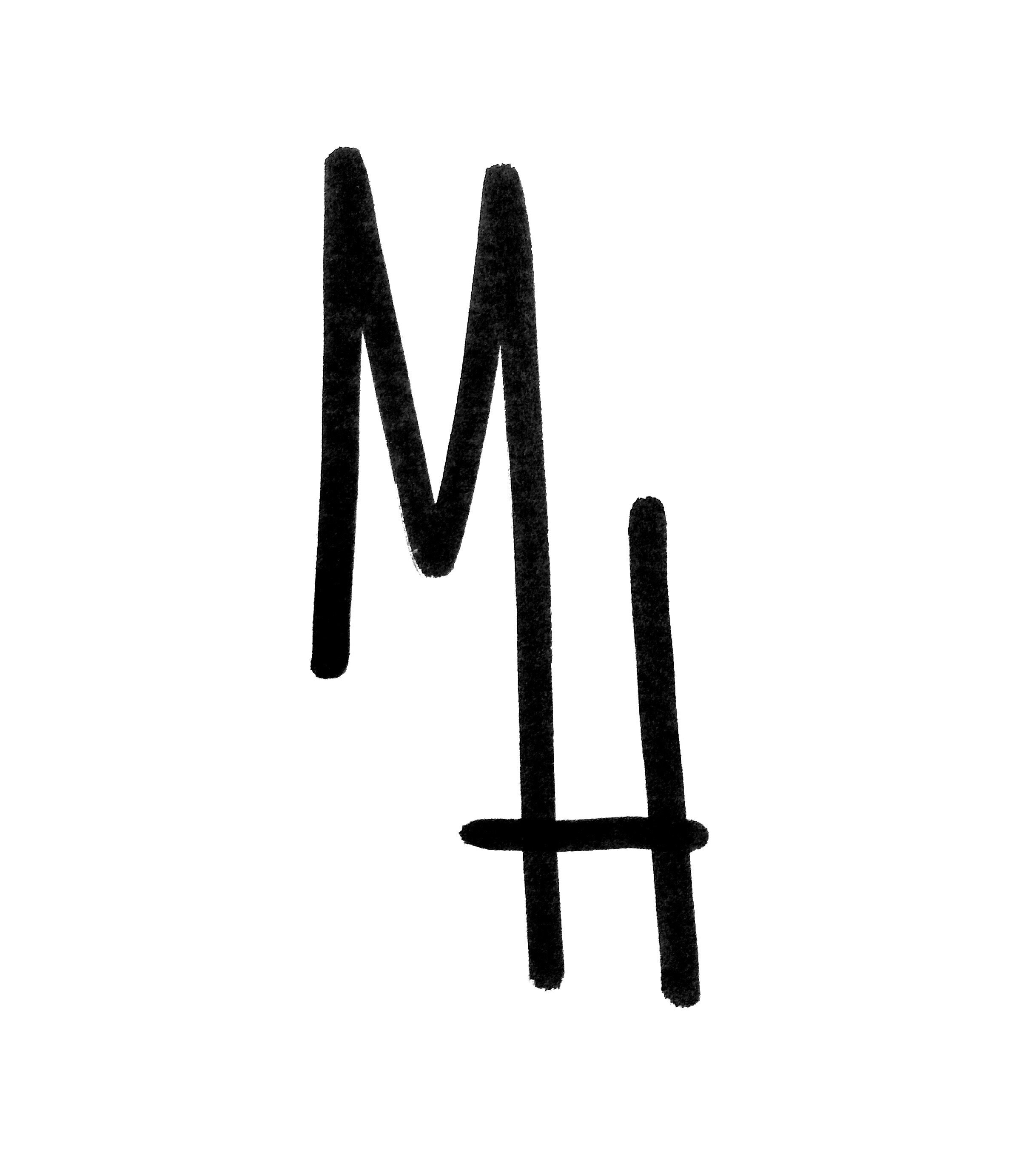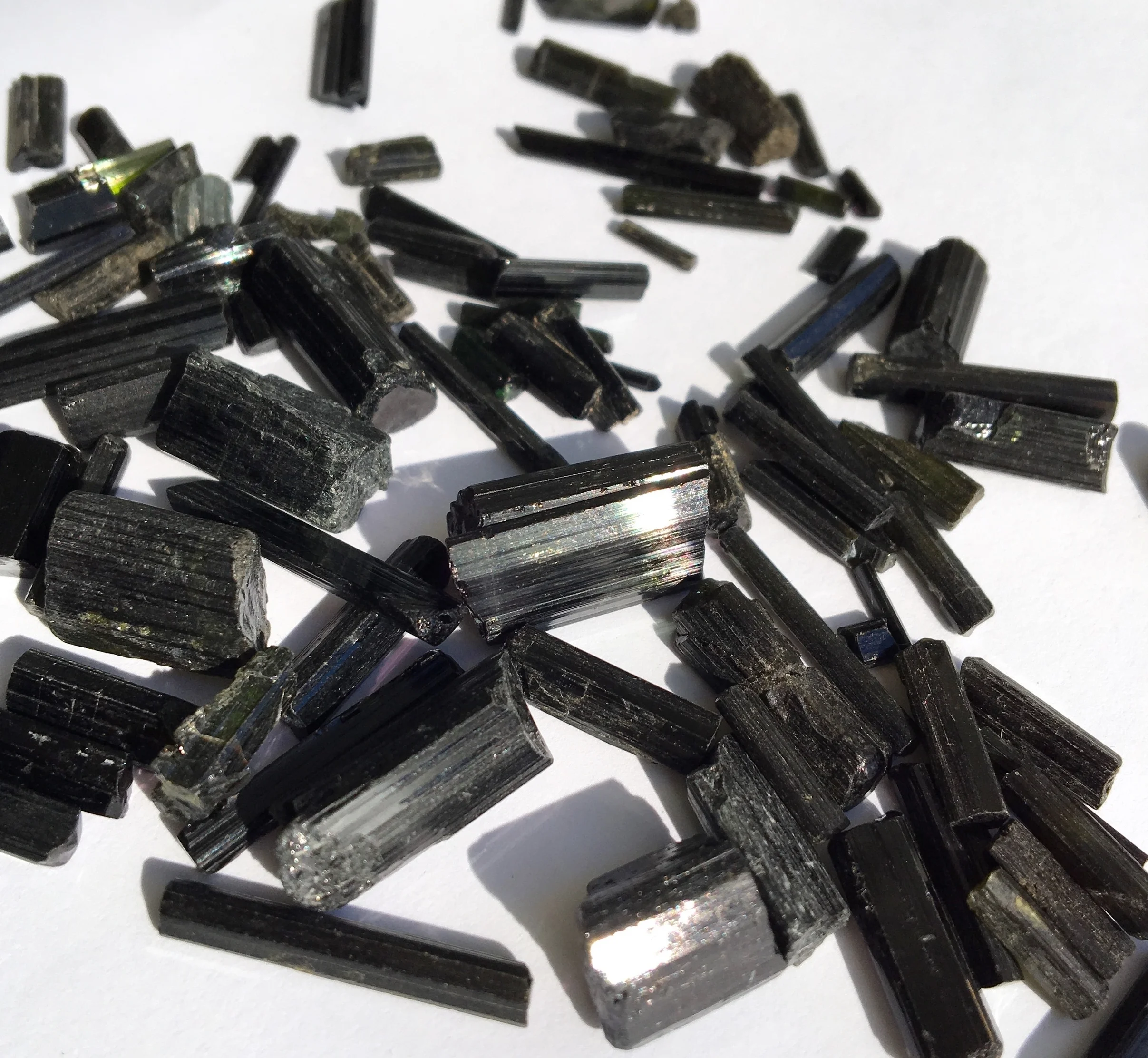(1) Sometimes called the "Ceylonese Magnet" because it could attract and then repel hot ashes due to its pyroelectric properties. (2) The tourmaline mineral group is chemically one of the most complicated groups of silicate minerals.
(1) In India, a likeness of Alexander the Great was carved in Tourmaline and dates to around the second or third century B.C., and in rituals of this culture, Tourmaline was used to provide direction toward the good and insight re who or what was causing trouble. (2) Tourmaline was first brought to Europe by Dutch traders in the 1700s who gave it the name, Aschentrekker, or “ash puller,” for its alternating powers of attracting, then repelling, hot ashes from burning coals. The Dutch traders used the crystals to pull ashes from their Meerschaum pipes. This ability to gain magnetic powers and become electrically “polar” by means of heat readily distinguished Tourmaline from any other gem. (3) Used by shaman of the African, Native American, and Aboriginal tribes, Tourmaline was thought to bring healing powers to the user and provide protection from all dangers occurring on the physical plane.
The name comes from the Tamil and Sinhalese word "Turmali"

